Now that the end of winter is getting closer, it’s time to start preparing your outdoor marijuana set-up. And, for your plants to be of the highest possible quality, it’s essential to plan some things ahead. Choosing the most appropriate place and seeds, as well as preparing the soil for your crop, could be the key to success.
How to choose the right place
1) Discretion and lawfulness Discretion is an important aspect directly affecting your cannabis crop. Ideally, you should opt for an isolated place away from prying eyes so that you can grow as discreetly as possible. Not revealing its location and only talking about it with trustworthy people is highly advisable too. You know… there could be ill-intentioned people waiting for you to slip and steal your plants. So don't be naïve and stay alert 24 h/day. Otherwise, you may have a nasty surprise.
Equally important is staying up-to-date with your local legislation and respecting every bit of it in order to avoid being involved in an unlawful situation. 2) Exposure The hours of sunlight could greatly benefit your cannabis plants. That's why it's important to make sure they are exposed to as many hours as possible. This aspect has a direct effect on their growth and, of course, on what matters most to us: their yield. If they receive lots of light, they'll produce large crops of thick and resinous nuggets during the flowering phase. We recommend choosing a clear spot with nothing that prevents your plants from receiving the amount of light they need. If you decide to grow in the middle of the forest, the foliage won't let light penetrate deeply and so your plants won't grow evenly. To obtain heavy yields, make sure your crop faces south, west or south-west. It's also important not to overlook the power of the wind in the growing space because, if it's too strong, it could damage your plants. It's true that the wind not only improves plant ventilation but it also helps stems grow stronger, however, extremely powerful gusts of wind could cause irreparable damage.
For this kind of situations not to happen, it's necessary to check the wind force and the exposure to light before proceeding to the sowing. If you think the spot you've found is perfect, but for the wind force, you can place protection structures that shield your plants and allow them to grow comfortably. Putting plastic or wooden panels is always a great choice. However, you can also make use of natural barriers such as bushes (Prunus laurocerasus, Photinia, Eleagnus, Ligustrum, Leyland cypress or Canadian Arborvitae). Besides, a plant protection will go unnoticed. 3) Water supplies As plants grow, their need for water becomes bigger too. That's why it's a good idea to set up a water tank to collect and store rainwater. It's cheap and, besides, it could lead to big savings. Although locating your cultivation near a stream (very useful) could be quite complex, if you succeed in it, the irrigation schedule will be far more flexible, which is indeed a major asset.
However, the water needs of your plants depend on their size and the climate they're exposed to. On the negative side, if humidity levels are too high and summers are generally fresh and rainy, you are likely to face some moisture-related problems. 4) Protection against wild animals It is when your plants are little that they run higher risks and are more vulnerable. The surrounding wildlife makes no distinctions, so they are likely to end up damaged.
In fact, young plants are an excellent appetizer and, for that very reason, they have to be protected. To do so, a small cylindrical wire cage of up to 40 inches can be used for shielding each plant. The wire fence should have very little spaces so that predators cannot stick their snouts or paws in there. 5) Biological prevention A very interesting organic prevention method is the introduction of 'beneficial' insects that help protect cannabis plants. Some of these insects are: Aphidius Colemani to fight aphids, ladybugs to fight cochineal, Phytoseiulus persimilis or Amblyseius Californicus to fight spider mites. Amblyseius Swirskii is also very effective against whiteflies, thrips or Tarsonemus.
To avoid fungal problems, we recommend applying compost tea once a month. It will help plants grow strong and healthy because the soil is well balanced and protects cannabis plants from multiple pathogens. 6) Growing in a greenhouse The cannabis growers who have the chance to cultivate in a greenhouse are very lucky because the microclimate created in there is excellent for the overall development of marijuana plants during their entire life cycle. 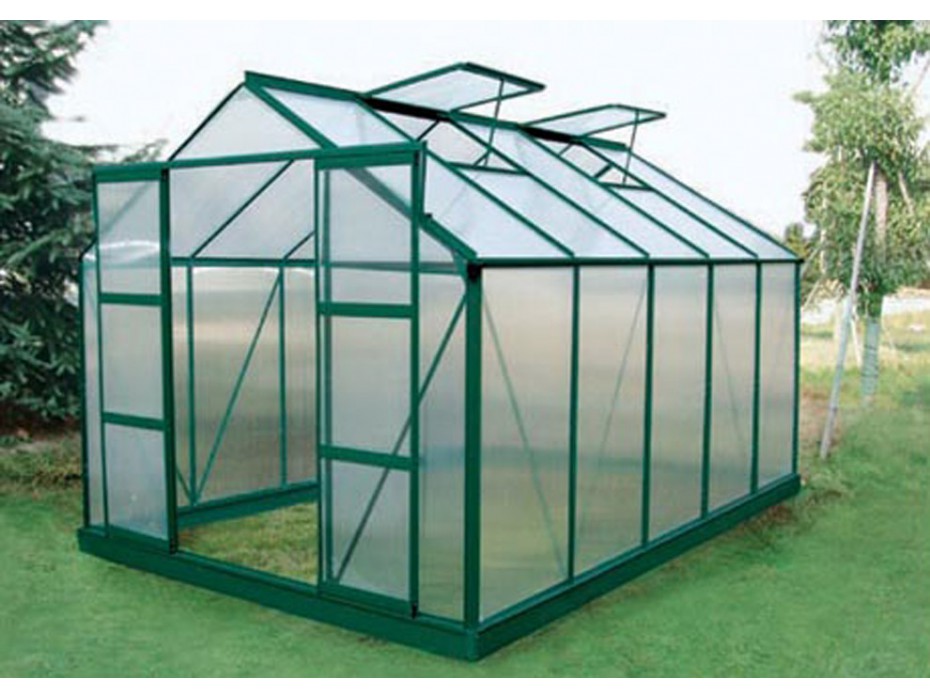
They are in a stable environment, protected from plagues and from fungal attacks. In this ideal atmosphere plants are all the time in optimal conditions and so they produce generous crops. This option is not accessible to all, though.
Soil preparation
1) Substrate We recommend choosing a simple but effective substrate. However, you first have to decide whether you're growing directly in the soil or in pots. It's totally up to you. If you decide to do so in the soil, we recommend making a big hole with a minimum capacity of 30-40 L so that your plants can thrive comfortably. With space constraints, they won't be able to show their full potential. The more space their roots have to grow, and the more resources they can obtain, the more likely we are to get big, strong and productive plants.
We advise you to add mycorrhizae to the soil, which is a fungus that creates a symbiotic association with the roots, providing them with the necessary nutrients to grow strong and healthy. Another option would be to use All Mix by BioBizz, a pre-fertilized soil mixture containing:
- 25% brown peat
- 30% black peat
- 10% worm castings
- 30% perlite
- 5% fertilizers
With this kind of mix, there's no need to fertilize them during the first 2-3 weeks. If we did, it could result in overdose. In addition, the substrate's pH levels are stable (pH6), which favors the various processes taking place during the plants' phases. Experienced cannabis growers can prepare their own organic mix. However, on this occasion, we have preferred to talk about a mix accessible to all. 2) Fertilizing We leave it to you to decide which fertilizer to use. Once you make up your mind, all you have to do is fertilize following the manufacturer's instructions and see how your plants react because not all plants have the same needs. Some phenotypes of the same strain may even react differently. That's why you have to keep a close eye on their specific needs. In fact, therein lies the key to becoming a real expert cannabis grower. Organic enthusiasts generally have their own recipes but anyone interested in cultivating cannabis using organic methods can learn how to prepare their own super soil or bokashi.
How to choose the best seeds for my outdoor crop
Basing your decision on your tastes but also on the environmental conditions is paramount. If we overlook this aspect, our crop is doomed to fail. It's very important to be realistic when it comes to the weather conditions and to know how to make the most out of the possibilities offered by the place we've chosen. In humid regions, you'd better opt for a Sativa-dominant hybrid: Blue Dream, Dedoverde Haze, Amherst Sour Diesel, 707 Headband, Lemon Kush Headband, Sour Diesel#2, Raspberry Diesel, Blue Dream CBD and Green Crack CBD. Autoflowering genetics can also make great options: Blue Dream Auto, Dr. Greenthumb's Dedoverde Haze Auto or Sour Diesel Auto. For warm climates, choose one of the following hybrids: 707 Truthband by Emerald mountain, Black D.O.G., Green Crack, Blue Dream, Blueberry Headband, Chemdawg, Desert Diesel, Dr Greenthumb's Em-Dog by B-Real, Lemon Thaï Kush, OG Kush, Mango Sapphire, Lemon garlic OG, Pineapple Skunk, Trainwreck, Purple Trainwreck, Blue Dream CBD and Green Crack CBD.
Or, maybe, one of these autoflowering genetics: Bubba Cheese Auto, Lemon Juice Express Auto, Lost Coast Skunk Auto, Blue Dream Auto, OG Kush Auto or UK Cheese Auto. However, for those who live in regions with very high temperatures, Indica-dominant hybrids are just perfect: Black D.O.G., Bubba Kush, Bubba Kush 2.0, Bubba's Gift, Chocolate Mint OG, EWE-2, Lemon Garlic OG, Lost Coast Hash Plant, Blue Dream, Green Crack, Lost Coast OG, Mango Sapphire, OG Kush, Pineapple Skunk, Sapphire OG , Master Kush, Blue Dream CBD and Green Crack CBD. But also these autoflowering strains: Bubba Cheese Auto, Bubba Kush Auto, Lemon Juice Express Auto, Lost Coast Skunk Auto, OG Kush Auto, Sour Diesel Auto, UK Cheese Auto and Blue Dream Auto. We hope this post can really help you prepare your outdoor crop in the best possible way. Don't forget that every little detail counts and can help you achieve excellence.





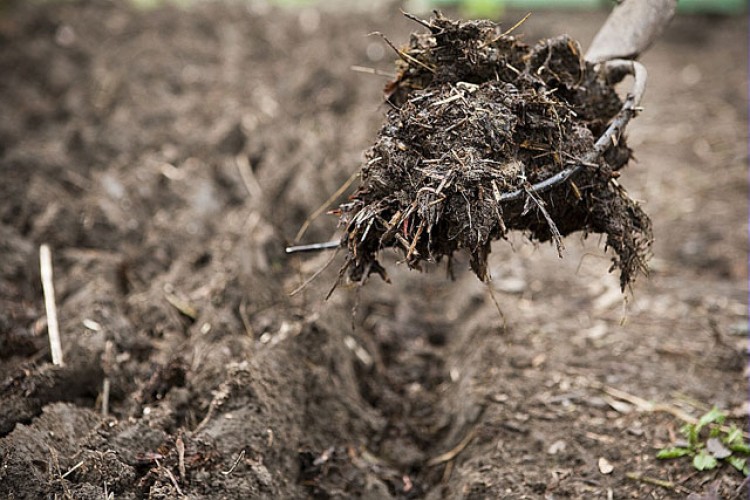



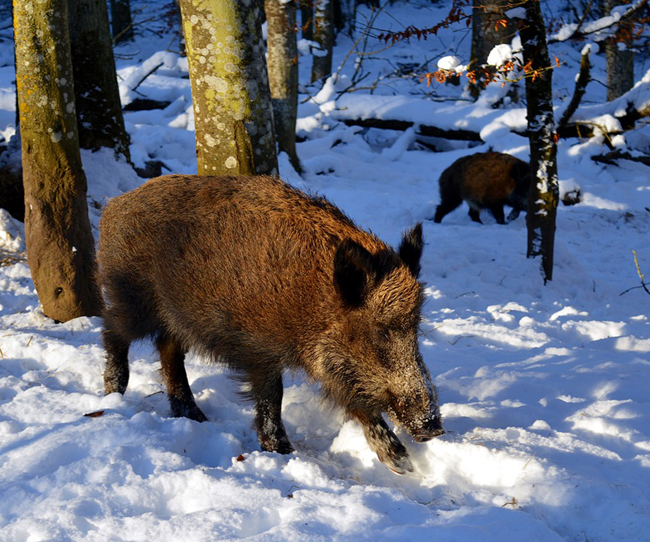
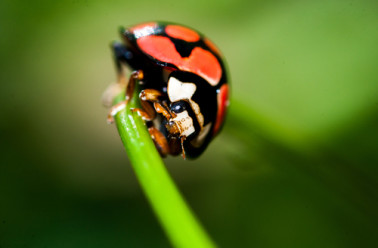
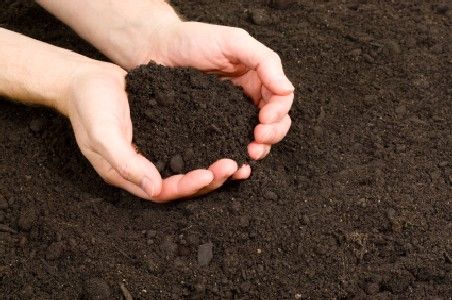
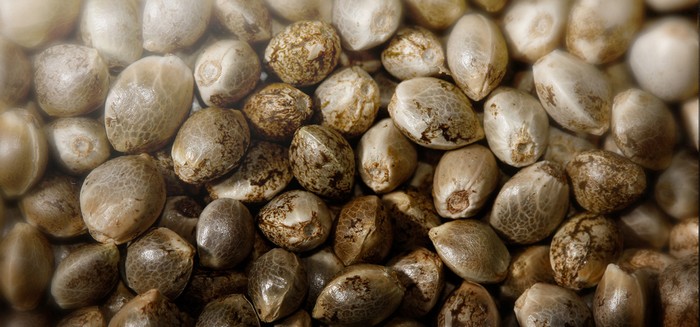
Good info, I especially liked how this article noted, in great detail I might add, about the different seeds available,so one could decide what cannabis strain to choose, based on ones specific /personal geological location. Much appreciated, thank you.